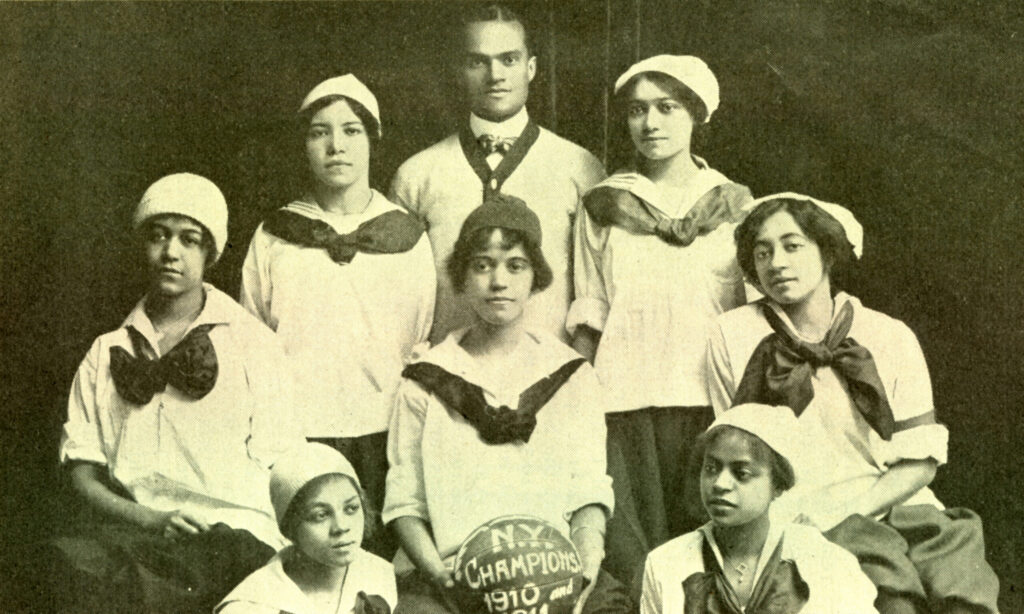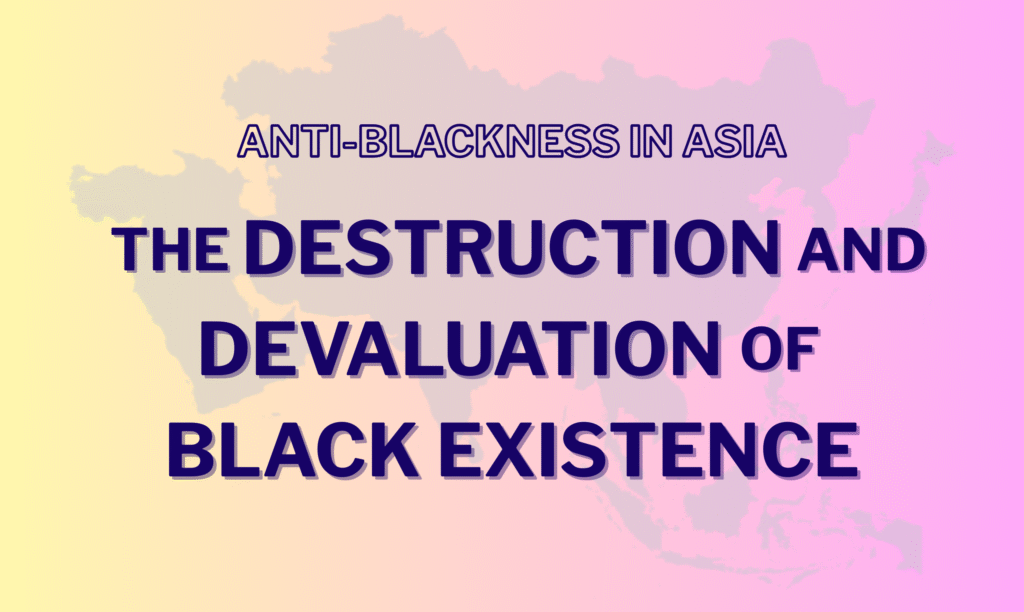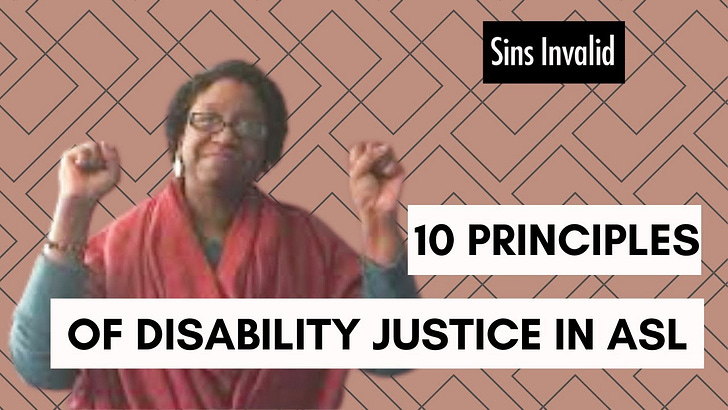Part VI in my series on anti-Blackness in Asia
In part one, I identified five key components of anti-Blackness that exist globally. Today we’re talking about the third one: Black (un)health.
Black people do not just disproportionately suffer health problems: they are excluded from health itself. Through systemic discrimination like poverty, environmental injustices that expose Black people to toxic pollution and waste, and lack of access to healthy food, Black people are denied the basic elements that contribute to health. Once ill or disabled, they suffer medical racism from healthcare systems formed around Western science, which dismiss Black pain and lead to subpar care, particularly for Black women. Experiencing racism in and of itself causes chronic stress and weathering of Black bodies, along with intergenerational trauma from histories of colonialism, enslavement, and inequality.
deeper cuts will never be monetized, but I believe that mutual aid is one of the ways we can build community and protect our own. if you like my writing, please visit the mutual aid page and pick a campaign (or more than one) to donate to!
Poverty, scarcity, and violence
Historic Afro-descendant communities in Asia experience widespread inequality that leads to poor social determinants of health. Most Afro-Iraqis and Afro-Saudis suffer from poor living conditions in slums or illegal housing, and lack public services. Siddi and Sheedi communities in India and Pakistan are mostly landless and low-income, with government assistance being difficult to access. Afro-Sri Lankans have largely been forced to work as daily paid laborers instead of having steady incomes, and face isolation as well. Mixed-race Black Asian people in China, Korea, and Japan also face economic marginalization.
Muhamasheen people in Yemen face myriad health issues. In general, Muhamasheen people are forced to live in overcrowded slums, often without access to electricity, clean water, or secure shelter, and their access to safe housing has been further decimated by the war. Muhammashat (the plural feminine of Muhamasheen) are especially vulnerable to abuse and gender-based violence, as they are both stereotyped as hyper-sexual, and their typical income-earning activities like begging and street sweeping bring them into public spaces that have few other Yemeni women. Sexual and gender-based violence against children is also rampant, particularly as more children are orphaned or forced to work to provide for their families. The war in Yemen has also led to deaths and disablement from the conflict, including Muhamasheen men who are recruited by both sides as soldiers, but given no support if harmed.
The hyper-sexualization of Black women also impacts Black Indigenous women from the Jarawa community in the colonized Andaman Islands. Pia Sen examines how their sexualization parallels the way Black Native women are perceived and treated in North America, particularly on reservations, which are geographically and socially isolated. Black Indigenous women worldwide suffer at the intersection of misogynoir and settler colonial violence[1] (see footnote), which leads to the “astronomically high rates of sexual violence” experienced by Jarawa women from Indian soldiers, settlers, and poachers.
For women who do sex work in West Papua, there is an industry social hierarchy in which non-Black Indonesian sex workers are valued above Black Papuan sex workers: the safer sites of sex work at hostess bars, hotels, and regulated brothels are dominated by Indonesian women, while the majority of open street sex work is done by Papuan women. Street sex work generally pays less, involves sex in more dangerous locations, and involves more unprotected sex. As such, Papuan sex workers are at greater risk of both violence and sexually transmitted infections and diseases like HIV/AIDS. These dynamics are even more intensified for Papuan waria (trans women and transfeminine people) who do sex work. Sexual health education and outreach in West Papua thus far has been concentrated on non-street sex workers, so again favors Indonesians over Papuan sex workers.
Access to healthcare
Black Indigenous Asian communities barely receive healthcare from governments. In 2015, Malaysian media outlet R.AGE reported that for years, Jahai children had been dying of an illness they call serawan, with child mortality as high as 50% from the disease. Jahai communities were not getting the bimonthly visits from the Malaysian health ministry that they were supposed to receive, and the children’s deaths weren’t even being recorded. As a result of R.AGE’s reporting, the Perak state government convened a task force to do a fact-finding mission, which consisted of the task force spending 45 minutes in only one of the six Jahai settlements in the area, and then immediately holding a press conference, without doing any testing or further diagnostic work, to declare that serawan was actually a disease called herpangina – even though herpangina is rarely fatal.
Papuan researchers Els Tieneke Rieke Katmo, Yustina L.D. Wambrauw, Atira Tilik Mayor, and Kurano Awom discuss how Dutch colonialism of West Papua created new moralistic laws around sex and sexuality, which harmed Papuan Kamoro people by reducing the agency of Kamoro women to choose their spouses and sexual partners, as well as violating the system of matrilineal inheritance that previously had Kamoro women as the owners and managers of a family’s economic resources. Indonesian colonialism has further reinforced these inequalities, especially in the context of unwanted or failed pregnancies, as Kamoro people lack access to contraception and pre-natal health care, and are often forced to drop out of school if they become pregnant.
Contemporary African diaspora communities in Asia also face inequality and poor healthcare. A study in Hong Kong showed that African immigrants have limited social networks, social alienation, limited job opportunities, poor housing, and lack of awareness of social services. Indeed, African diaspora communities across China experience barriers to accessing healthcare, primarily due to racial discrimination, restrictive visa policies, general social exclusion, and language barriers. African diaspora folks also face housing discrimination in Malaysia, where it’s not uncommon (nor illegal) for landlords to advertise “no Africans” or to even use anti-Black slurs in banners outside their developments.
Marginalized people also benefit from having healthcare providers from their own communities, but healthcare workforces in Asia are also difficult for Black Asian people to enter. Colonized West Papua has the highest rates of HIV/AIDS in Indonesia, which has led to the proliferation of HIV organizations in West Papua. Medical anthropologist Jenny Munro identifies how these organizations in West Papua are impacted by “technocratic racism” that took an older form of HIV outreach that was more relational – where health educators and workers developed relationships in the communities they sought to reach and built trust – and replaced it with systems that rely on achieving quantitative metrics like numbers of condoms distributed, regardless of whether they would be used. This approach is more in line with global HIV strategies, leading NGOs to shift to this model in order to better secure funding.
In an NGO in West Papua that Dr. Munro studied, this led, over time, to the replacement of Papuan HIV healthcare workers, case managers, and counselors with non-Black Javanese workers. Importantly, it was not just the more technocratic activities that the Javanese workers were valued for – even when Javanese workers used the same relational approaches as Papuan workers, they were seen as more “professional” and data-driven.
Environmental injustice
In Israel, Ethiopian Jewish people were deliberately brought to the country by the government beginning in the mid-1980s, but once in Israel, the government’s policy for housing them departed from normal procedure for new immigrants. This led many Ethiopian Jewish people to live in temporary housing for years, including in “absorption centers” in low-income neighborhoods, some of which were turned into permanent (but sub-standard) housing. In the early 1990s, many Ethiopian Jewish people were transferred to caravans, but mayors of most larger cities would not allow them in due to racism, so many were located in industrial areas or near landfills, which affected the residents’ health.
Black Indigenous Aeta communities in the Philippines often lack access to clean water. Interviews with Aeta community members in Sitio Pidpid revealed that they have no running water source in their village and are instead forced to fetch water from a spring that is an hour’s walk away for all their needs – drinking, cooking, bathing, cleaning, and laundry. Residents of Sitio Pidpid also do not have a stable income source; they make money primarily by selling fruits and vegetables, which often does not generate enough revenue to buy sufficient food for their families. While the Aeta community in Sitio Pidpid is resilient and collaborative, finding creative ways to care for their families and protect their health, external forces still create inequities: for instance, the spring that is their main water source is drying up more frequently due to the impacts of climate change, and the forests where they gather fruits and vegetables are being logged and developed.
Environmental racism also subjects Black Indigenous communities to toxic waste and pollution. In West Papua, open-pit mining for gold and copper at Nemangkawi (the mountaintop known by the colonialist name “Grasberg”) not only desecrates a space sacred for Papuan Amungme people, but also dumps around 300,000 tons of toxic waste directly into the Ajikwa River. The impacts have been catastrophic and wide-ranging: the river is no longer safe as a source of drinking water; the decimation of fish has impacted a major food source; sedimentation and silting cut off key river transportation routes for Papuan Kamoro and Sampan communities; people who fall into the polluted water develop incurable skin sores; and more. The militarization of the mine in 1977 also resulted in up to 10,000 deaths by 1978, and continues to subject Papuan communities – particularly Papuan women – to rape, torture, and genocide.
Medical racism and eugenics
Racist narratives of Black people as dirty and disease-ridden create further barriers for their health. Nu’man al-Hudhayfi (also romanized as Noman al Hothaifi), the president of the National Minorities Council of Yemen, recalls an incident from two decades ago where he came upon a Black woman and child in Yemen who had been evicted from a hospital because being Black meant they were “dirty”.
The spread of HIV/AIDS in West Papua is usually blamed on the supposed primitivity, sexual promiscuity, and relation to disease that Papuans are (racistly) associated with. Those anti-Black conceptions in turn hinder health campaigns to address the spread of HIV/AIDS in West Papua, in a cruel and racist cycle. Researchers Leslie Butt, Gerdha Numbery, and Jake Morin point out that these conceptions of Papuans are politicized and racialized:
“To explain Papuans’ seeming reluctance to use condoms or to practice safe sex, many Indonesian administrators are quick to reduce complex knowledge about Papuan sexuality to specific behaviors. ‘Wife swapping’, for example, is often described as a pervasive phenomenon throughout the coastal Asmat tribal group. In actuality, though, the practice is deeply rooted in complex ideas about semen, growth, strength, and gender, is highly dependent on location, and is only occasionally practiced. In another example of behavior being used to label a tribal group, the highland Dani have recently been described as having ‘free sex parties’, ‘free sex’ and sex that is ‘out of control’. And yet, only thirty years ago, this same group was described as having a sexuality so muted it was virtually absent! Clearly, categorizations about sexuality reflect political conditions. With both the Asmat and the Dani, those creating the discourse of a promiscuous sexuality rooted in cultural practice do so in order to implement narrow solutions which fit within the limited parameters of health transition models of culture and sexual risk. We suggest it is the culture of Indonesian bureaucrats and health administrators, not that of Papuans, which further entrenches unequal access to information about AIDS.”
Stigma around HIV/AIDS is prevalent worldwide and linked to anti-Blackness. Anthropologist John G. Russell reflects on public service advertising campaigns about HIV/AIDS in Japan in the 1990s, where AIDS was framed as a “foreigners’ disease” and, accordingly, associated with Blackness by using Black people in its posters:
“To me, the posters suggest the degree to which American constructions of Black celebrity/notoriety serve as the raw materials out of which Black icons are refined transnationally and put to local use. In the commodity-driven world of late capitalism, transnational media iconography equates Blackness with sexual and athletic prowess, disease, and violence.
The posters in question not only reveal the power of American media in defining Black celebrity, but also provide graphic illustration of how foreign icons are manipulated to express Japanese domestic concerns. At the time the posters were displayed, it was far easier for the Japanese media to cover AIDS and HIV-infected persons abroad than at home, given the disease’s social stigma and the very real fear of ostracization and discrimination. Indeed, until recently, Japanese infected with HIV and AIDS patients in Japan were faceless statistics; only within the last few years have they gone public with their affliction. At the same time, the poster reinforces public perceptions of AIDS as a foreigner’s disease and the discourse that equates AIDS with dark-skinned foreigners in general and Black males in particular, and which portrays Japanese female sexual involvement with them as a domestic menace. For example, journalist Ieda Shhko, who was married to a Black man, has written that after the first reported AIDS-related death of a Japanese woman, in Kobe in 1987, friends and colleagues urged her to be tested for HIV.”
In 2013, the Israeli government admitted to forcibly sterilizing Ethiopian Jewish people with uteruses for at least a decade, during which time the birth rate for Ethiopian Israeli people declined by 50%. Many Ethiopian refugees were coerced into accepting Depo-Provera (a contraceptive injection) while in refugee camps; they were told they wouldn’t receive any further healthcare in the camp nor be allowed into Israel if they refused, and their doctors in Israel then continued the practice. Others were outright tricked by being told they were getting a flu vaccination, or by being told that Depo-Provera was the same as a birth control pill and not being warned of the side effects.
As a result, between 2005 and 2008, 57% of the people in Israeli who received Depo-Provera shots were Ethiopian Israelis, despite only making up less than 2% of the total population of the country. Then-health minister Yaa’kov Ben-Yezri tried to claim this was because Ethiopian people had a “cultural preference” for contraceptive injections, but the World Health Organization found that 75% of people using birth control in Ethiopia prefer contraceptive pills over injections. Targeting Black people for sterilization is a longtime eugenicist practice, which was reinforced when the Depo-Provera scandal was revealed only a year after Israeli prime minister Benjamin Netanyahu said that African immigrants “threaten [Israel’s] existence as a Jewish and democratic state”.
The COVID-19 global pandemic also brought to a head the medical racism towards Black people in Asian countries. In China, African immigrants in Guangzhou were targeted by Chinese authorities for forced testing and quarantine, which then led to mass evictions, homelessness, and refusal of services – which other communities of foreigners did not face. In Yemen, Somali refugees report being harassed for potentially “carrying the virus”. In Saudi Arabia, African immigrants were imprisoned in detention centers to stop the spread of COVID where they faced horrifying conditions, including torture, starvation and malnutrition, overcrowding, lack of infection control, and death.
Recommended reading
[1] Tiffany Lethabo King discusses how Black Indigenous women are sexually abused under settler colonialism and slavery: “Both the Slave Master’s need for bodies and the Settler’s need for space required the production of the Black female slave body as a unit of unending property…When the Settler surveys the Black female body, the Settler can imagine their land, territory, property and spatial coordinates expanding. The construction of the Black female slave body as fungible and a site of accumulation is as much a product of the Settler’s imagination as it is the slave masters.”







